Olivia de Havilland: One of the Last of Hollywood’s Golden Age Beauties
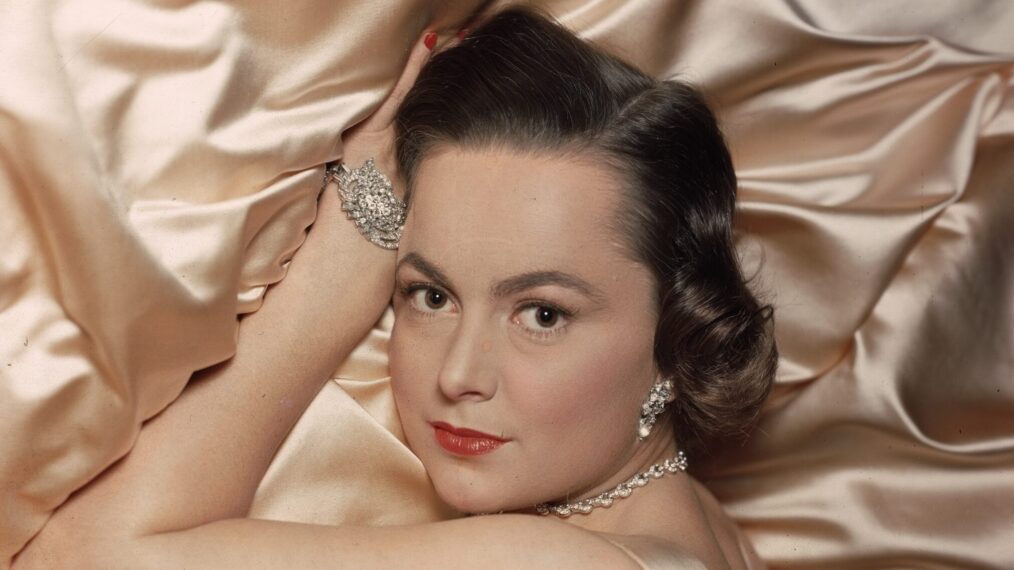
Born July 1, 1916, to English parents while they were living in Japan, Olivia de Havilland and her sister Joan relocated to California with their mother in 1919. Although she aspired to become an English teacher, her performance as Hermia in a local production of A Midsummer Night’s Dream led to a role in the 1935 movie directed by Max Reinhardt and a Warner Bros. contract. Soon after she was paired with Errol Flynn in Captain Blood (1935), and their chemistry was so good they went on to star in seven more films, including The Charge of the Light Brigade (1936) and The Adventures of Robin Hood (1938).
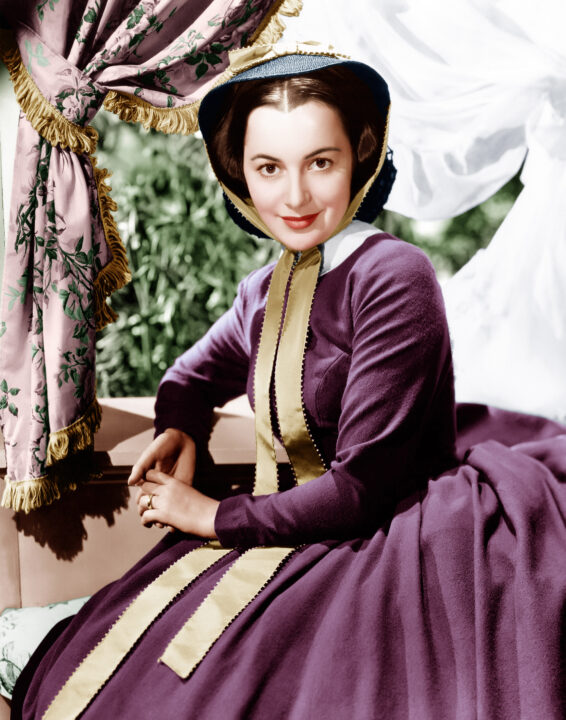
Everett Collection
Her most remembered performance was as Melanie Hamilton in Gone With the Wind (1939). With Clark Gable cast as Rhett Butler, many actresses tried for the role of Scarlett O’Hara (Vivien Leigh beat out the likes of Susan Hayward, Joan Bennett and Lana Turner), but de Havilland, who was one of the few who actually read Margaret Mitchell’s novel, preferred the quiet strength of Melanie Hamilton. (She also felt she was getting typecast in her many pairings with Gable.) She earned her first Academy Award nomination for that role (ironically, Gable and de Havilland were the only nominated actors who didn’t win).
After that, her struggles with Warner Bros. over casting became more pronounced, leading to several suspensions. This led to a court battle between de Havilland and the studio, which the actress eventually won, setting a precedent that reduced the power of the studios and gave more creative freedom to performers. While the litigation was working its way through the courts, de Havilland was blacklisted from all work. Instead she contributed to the war effort, raising money for war bonds and touring with the USO.
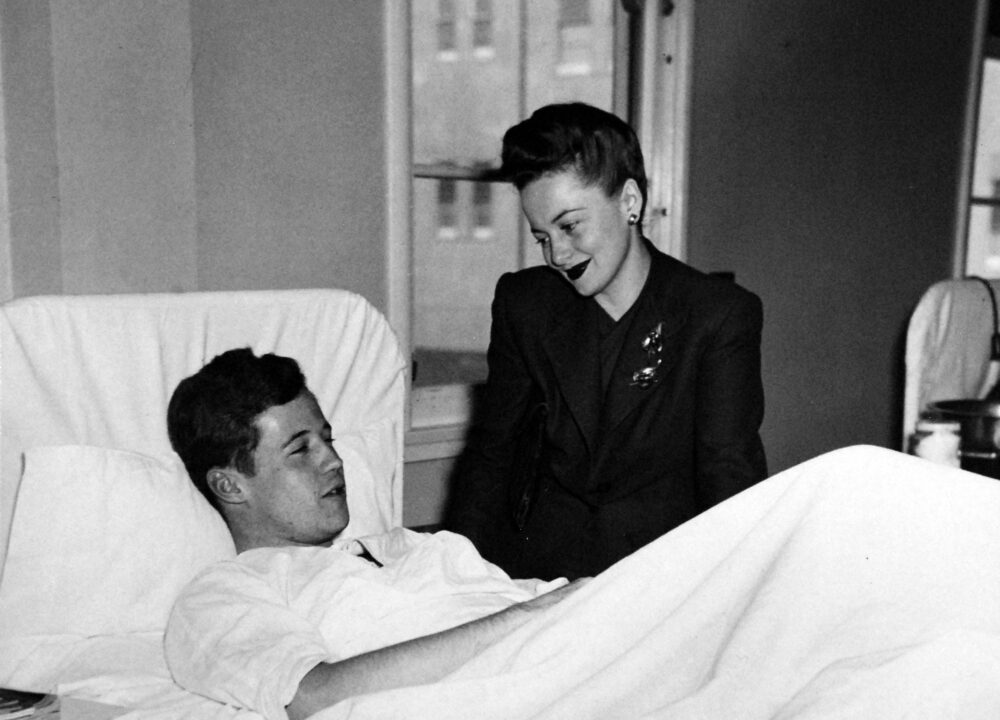
Wikipedia/Public Domain
At the Naval Air Station in Kodiak, Alaska (March 20, 1944)
Once freed from her Warner Bros. contract, her work as a leading actress resumed in earnest. In 1946 she filmed To Each His Own, starring as an unwed mother who gives up her child for adoption and then spends her life trying to undo that decision; the role required that she age 30 years over the course of the film, and her sharp attention to the details of an aging character earned her first Academy Award for Best Actress. After that she played the twin sisters Ruth and Terry Collins in The Dark Mirror (1946) and critically successful roles in The Snake Pit (1948) and The Heiress (1949), for which she won her second Best Actress Oscar.
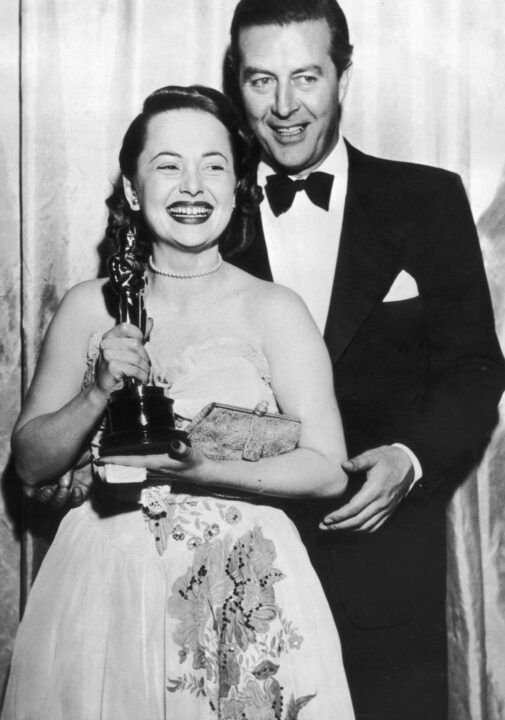
Keystone/Getty Images
Olivia de Havilland receives her Best Actress Oscar from actor Ray Milland her performance in To Each his Own, in 1947
De Havilland and her sister, the actress Joan Fontaine, were said to be rivals. They were both nominated in 1942 for Best Actress (de Havilland in Hold Back the Dawn and Fontaine in Suspicion) — Fontaine won; the two are the only sisters to have both won a Best Actress Academy Award. The two stopped speaking to each other in 1975 and were apparently unresolved at the time of Fontaine’s death in 2013.
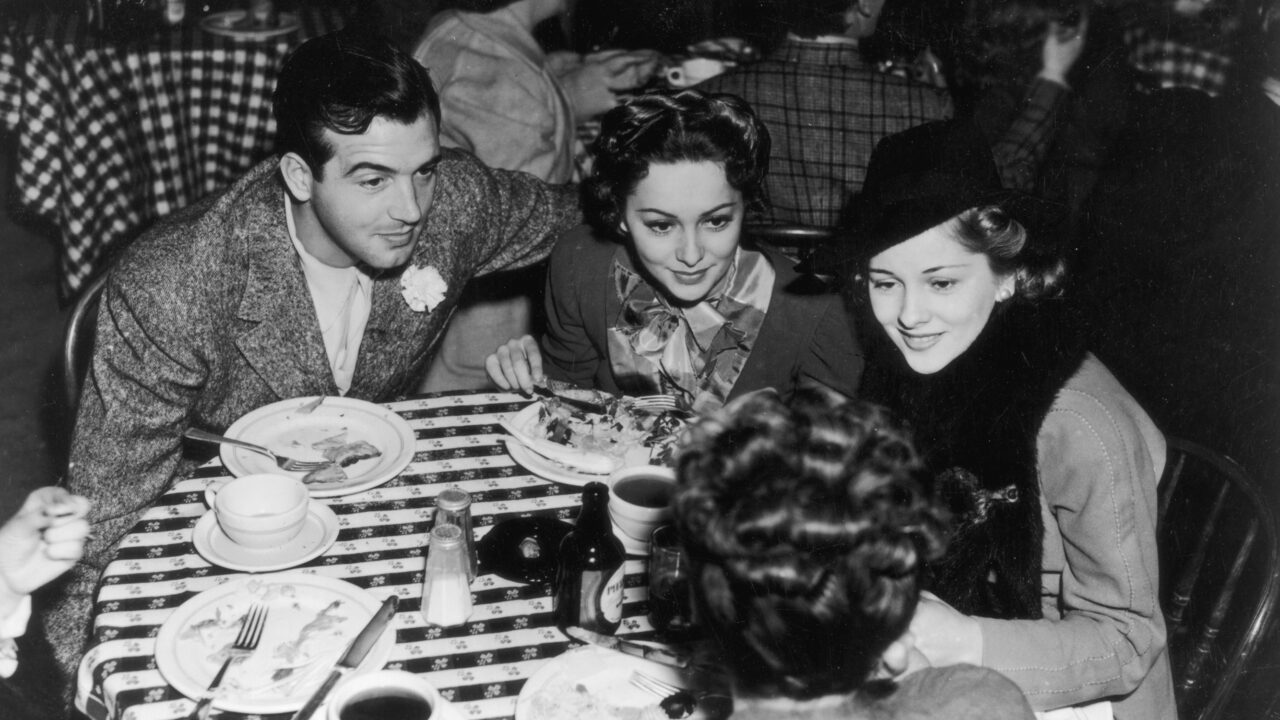
General Photographic Agency/Getty Images
Olivia De Havilland lunching with her sister Joan Fontaine and actor John Payne in 1940
She moved to Paris in 1953, eventually marrying Pierre Galante, an executive editor for the French journal Paris Match, and returning to the States to act in Hollywood and on Broadway. In her later years she worked in numerous television dramas, including the ABC miniseries Roots: The Next Generations (1979). At the age of 92, she was awarded the National Medal of Arts; was made Chevalier of the Legion of Honour in France at age 96; and two weeks before her 101st birthday she was appointed Dame Commander of the Order of the British Empire.
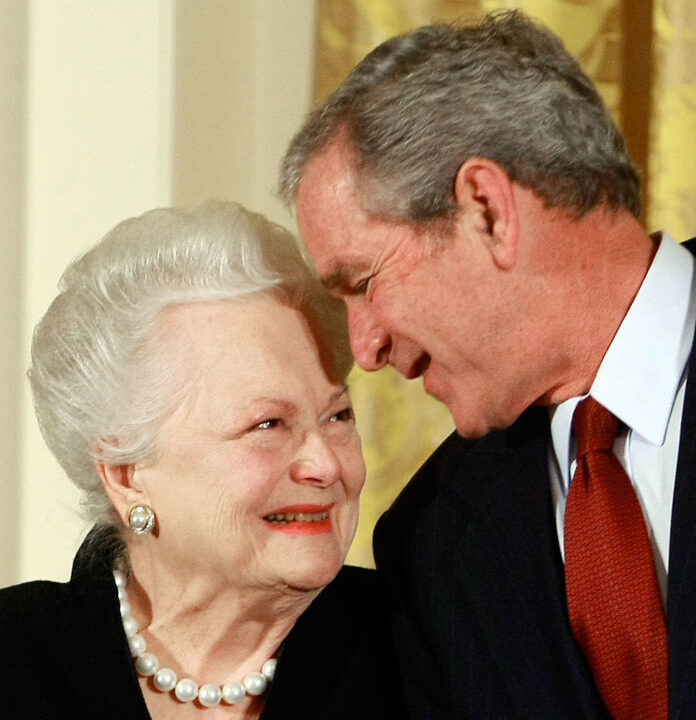
Mark Wilson/Getty Images
U.S. President George W. Bush congratulates actress Olivia de Havilland before presenting her with the 2008 National Medals of Arts
Olivia was of the last of Hollywood’s golden age stars and the last surviving member of the cast of Gone With the Wind, and two-time Oscar winner until she passed in her Paris home in July, 26 at 104 in December 2020.
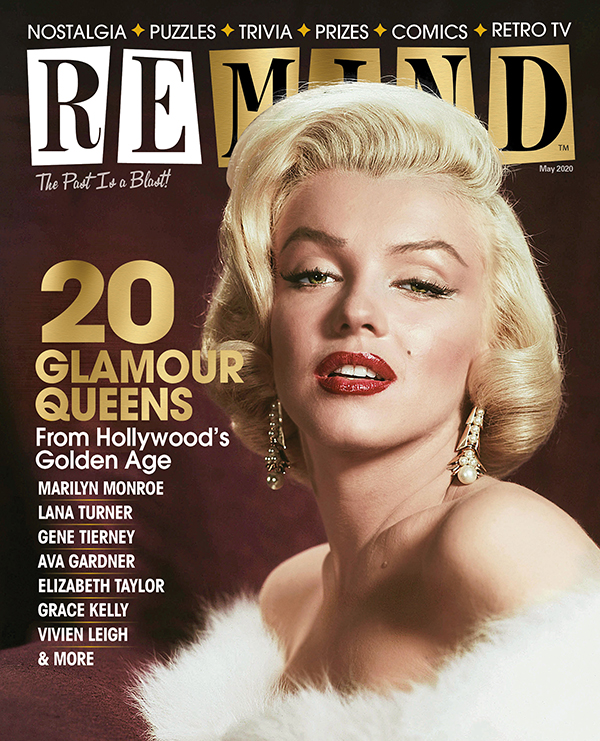
Hollywood Glamour
May 2020
Celebrate the most glamorous leading ladies from the Golden Age of Hollywood
Buy This Issue